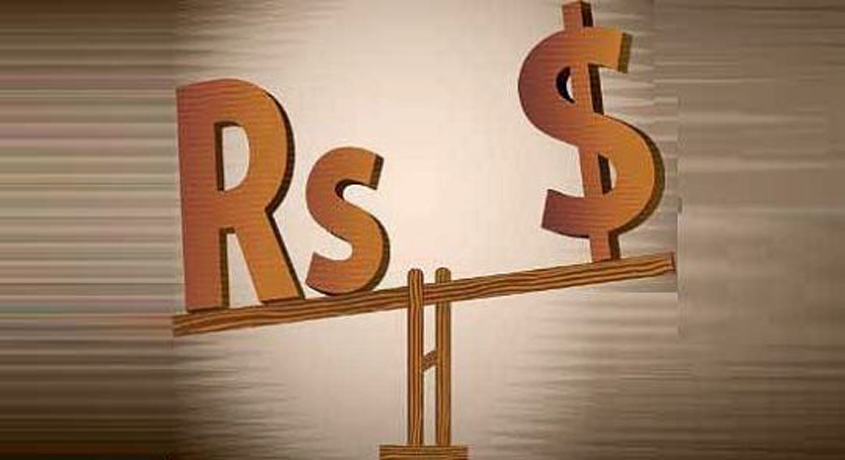After weakening by about half a percent on Thursday, the rupee strengthened marginally (by 7 paisa) against the US dollar to reach Rs 67.77 per USD at Friday close. Federal Reserve’s move to raise interest rates by quarter percentage points on Wednesday unnerved the rupee which has already depreciated by over 2.5% since October this year. Though this rate hike was already taken into consideration by all the emerging markets, the probability of three or four more hikes by the Fed (each consisting of quarter percentage points, at least) in 2017 was least expected as a result of which the dollar is expected to strengthen further against many Asian currencies in 2017, including the Indian rupee, the Chinese yuan and the Japanese yen. “The improving yield on US Treasuries and other US fixed income securities is expected to result in further asset allocation towards dollar assets by global investors, with the risk of further capital outflows from many Asian equity and debt markets,” cautions Rajiv Biswas, Asia-Pacific Chief Economist with IHS Global Insight. “About $9 billion of money (approximately Rs 60,000 crore) has already flown out of India’s debt and equity markets since October this year in anticipation of this hike which weakened the rupee quite significantly,” says Murthy Nagarajan, Analyst with Quantum AMC. Such a trend is likely to intensify as the Fed’s hawkish tone and tenor would slow down capital inflow from US into many emerging markets. As regards Indian markets, it may not feel the same heat because “India’s macros (current account deficit and inflation) looks much in control,” feels Nagarajan. However, the upturn in world oil prices is expected to result in some increase in India’s oil import costs, “which could result in a higher current account deficit, acting as a negative factor for the INR outlook”, says Biswas.
“The rupee might well touch a low of up to Rs 71 to a dollar,” says Mustafa Nadeem, CEO of Epic Research.

